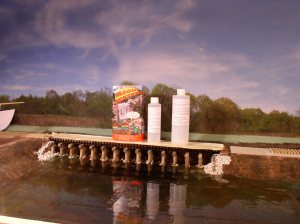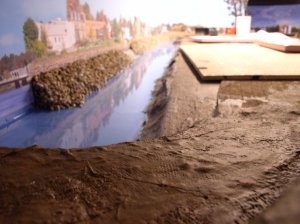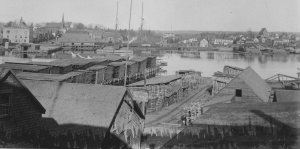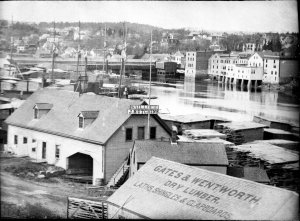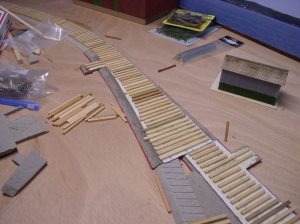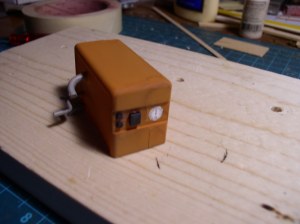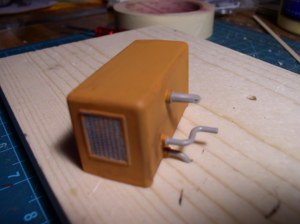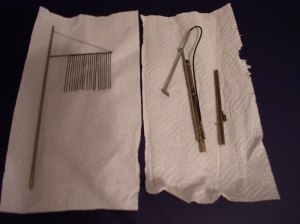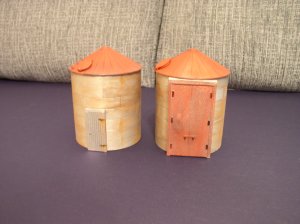Although things have been going on in the shop, there has been little change in the status of the railroad itself. This has been primarily due to some rehabilitation work on my knees that has kept me from a lot of the heavy physical work. Hopefully that is behind me and work can begin again next week. That being said, working on a prototype based railroad always provides something to do. As I have studied my particular prototype, many questions have arisen. Some are simple such as the roof details present on the mustard factory. other questions are much more complex as to exactly how various types of cars were loaded and unloaded.
I had the chance to find some answers during this month when we had the opportunity to travel back to Maine and make arrangements to interview a couple of knowledgeable folks who still remember after 50 plus years. The building of a prototype based model if you haven’t caught on as yet, is a multipart project. The research portion of the project which leads to better accuracy, is one of the most rewarding aspects. As an example, when looking at the two storage silos belonging to the mustard mill, one has large full height doors. I have already built a model of both silos, but I was curious as to the difference and the large door usage. On this latest trip to Maine I was able to ask the current mill manager. The answer was quite simple. The mustard seed arrives by truck from Saskatchewan, and as far as we know, always has. The bin with the large doors is the primary storage bin. The doors allow the truck to back right up to the bin and make the unloading process easier. Now my curiosity is satisfied. I’m disappointed that the seed seems to have arrived in trucks, but it is possible in the future that I may discover an occasional rail involvement. I also discovered a pair of wooden vinegar tanks hiding in the brush behind the silos. They are of the style that used to be placed on top of flat cars. I am speculating that they came from an earlier twin tank car that used to haul vinegar up to Eastport from Boston once its useful life was over. The manager recalls repairing the inside of the tanks with beeswax to plug leaks. Below is the only known photo of the tank car.

OLYMPUS DIGITAL CAMERA
Lots of other information came out in the discussions and I will incorporate that into the railroad operations. This is a fascinating piece of history of the border region between the US and Canada being replicated.
One thing I ran into while researching was the question of the origin of the turntable deck-turned bridge in the header photo. Several have tried to convince me that the bridge is the original turntable from Eastport. There are several facts that work against that conclusion. First, is that the turntable in Eastport was in service until the very end. It was 64 feet in length (measured by the remaining wall of granite blocks) and could turn either the 44T or S2 locomotives. Just looking at the photo and comparing it to the equipment on it says that its length is greater than 64 feet. Second, the Calais turntable was removed during an earlier time and certainly could have been available for the replacement project. It was of the appropriate length shown in the photo. The bridge structure is still in place as of this writing. It has been turned into a snowmobile/ ATV trail.
Stay with us, we’ll be back on the railroad portion soon.
Ben

